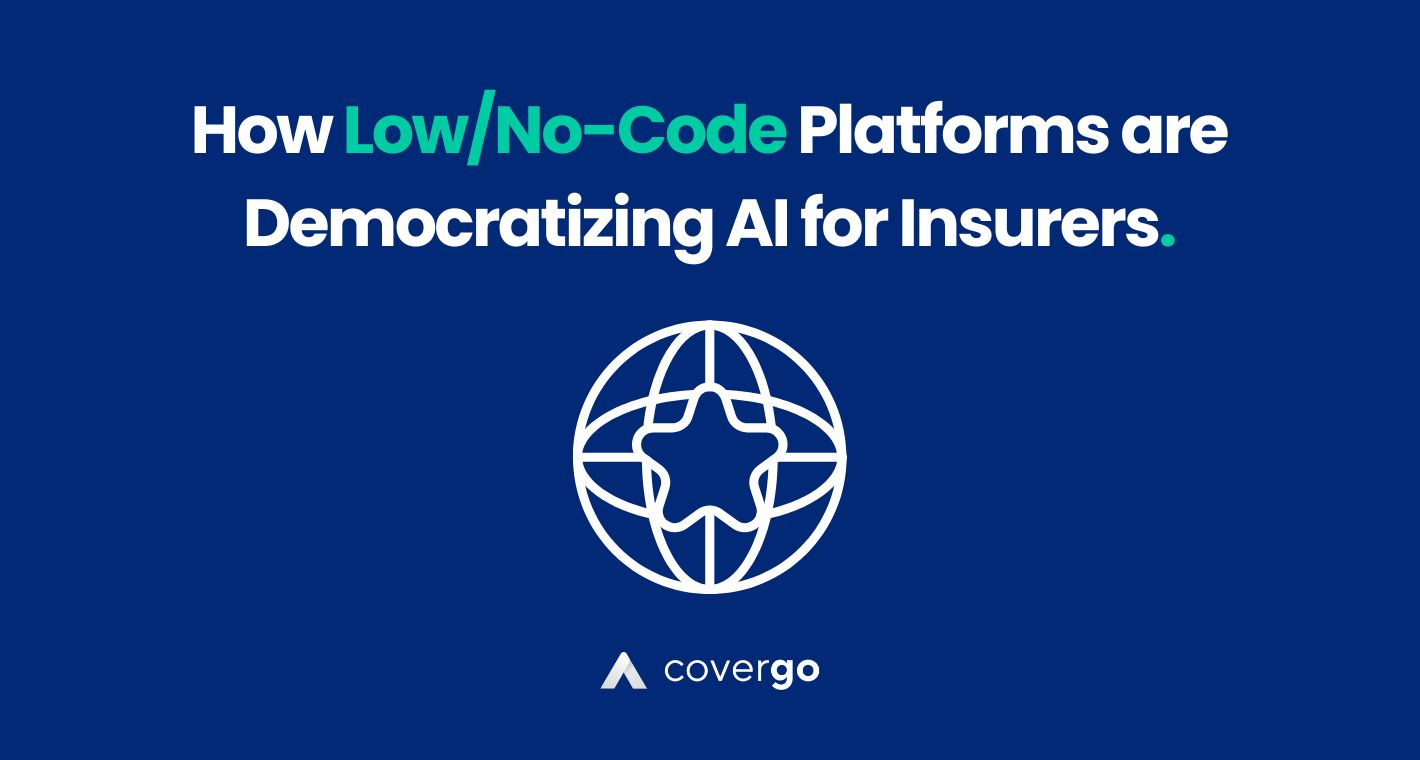Key takeaways:
- Insurance companies face challenges due to outdated core administration systems.
- Timely action is crucial to stay competitive and relevant in the evolving market.
- Legacy systems hinder innovation and customer experience improvements.
- Modular and flexible technology solutions offer a way forward for insurers.
For insurance companies, one issue has been ever-present in recent years, and the longer it has gone unsolved, the bigger it has become. The culprit is the core administration system: the bedrock of the insurer’s aging technology architecture, and symbolic of the insurance industry’s failure to innovate and meet the rapidly evolving demands of customers.
Change to compete, or stand still and surrender market share
The market may not have previously demanded this issue be solved, but that has changed according to Deloitte Insights, which recently authored an article titled “Digital disruption for health plans: It isn’t coming, it’s here”. P&C and life insurers have already begun addressing their legacy core administration systems and the myriad problems they cause, and if health insurers want to continue to be relevant going forward, the time to act is now if not yesterday.
The crux of the legacy core administration system problem
In a world of instant gratification, results have to be immediate. Whether you’re a business owner or a politician, your shareholders and constituents have one pivotal trait in common: a lack of patience.
What is the point of devoting millions of dollars and thousands of man-hours to a vast improvement initiative – such as the technical and technological challenge of replacing a health insurer’s legacy core administration system with a modern platform built on data and analytics and with the customer experience at its center – when you won’t be in the job by the time it is complete?
Furthermore, the wondrous speed of technological innovation in the modern era brings with it another huge concern for insurers. When it comes to overhauling a system as critical and fundamental as the core administration system, the fear is that by the time the project is complete, the new system will no longer be at the forefront of technology, and will instead require an update just a few more years down the line.
How the problem has ballooned
Past executives in the technology organizations of health insurance companies have reflected on these issues, and how they were forced to work around antiquated technology as a result. Due to their organizations’ increasing reliance on legacy core administration systems, customer experience took a backseat, given the technology simply didn’t have the ability to support the functionality customers were looking for.
Only marginal improvements were possible, as code introduced into production could only be implemented around the existing technology architecture. Distinct parts of the system – for example, proposals and claims – were divided in such a way that data was not able to be transferred between the two functional areas efficiently due to their siloed nature.
All the while costs ballooned as improvement projects seeking a quick fix still needed to be staffed by traditional multi-layered role structures – teams consisting of business analysts, project managers, and quality assurance testers, in addition to the developers themselves.
Agile transformation may have been the goal, but jarringly slow progress was the result, despite the best efforts of talented individuals with years of prior experience in the industry. As surrounding technology has sprung up – health insurance marketplaces, online brokers, and more – the difficulties of keeping pace with outdated technology have become increasingly apparent, and the maintenance of the latter is exceedingly costly.
Yet, integration was always too daunting and seemed to require far too much complexity than was palatable by practical technology leaders in the short term. Thus, the problem continued to be pushed down the road.
Now is the time to solve it
However, the legacy core administration system need not plague the health insurance industry any longer. The technology that IT executives in health insurance have wished for all these years is finally here.
Even better, they don’t have to spend excessive amounts of money and face lengthy timelines overhauling their technology stacks. Today, transformation is possible in a fraction of the time and cost, especially as you don’t necessarily have to implement a brand-new end-to-end system.
Implementation can be executed in a modular, gradual, and flexible manner, by integrating the functionality of new technology with your existing systems piece by piece. Practicality remains key to the undertaking – it is significantly easier to convince business owners and key stakeholders of your technology strategy when you aren’t asking them to commit to significant cost outlays and lengthy timelines upfront.
Advantages of replacing your legacy core system
Having been hamstrung by legacy core systems, health insurers have been limited in their ability to improve on long-standing internal business processes. Current technology has the potential to swiftly remove these impediments and completely transform insurers’ process flows and product journeys.
The rise of low-code/no-code software tools like CoverGo has removed the necessity for expensive improvement projects with overly complex staffing structures as alluded to above, because business users can create products at speed without the involvement of developers or IT. As API design has progressed, products can be quickly connected to the front end, empowering seamless omni-channel digital distribution.
In the insurance context, this means health insurers can easily sell products on their own website or on insurance marketplaces like Policybazaar, supercharging their go-to-market strategy. Furthermore, open APIs are also able to serve other key stakeholders in the insurance ecosystem by enabling customized agent and broker portals to be set up with ease, empowering the former to sell more policies and the latter to efficiently manage existing policies and claims.
Get in touch with us today
If you’re a health insurer looking to break out from the shackles of your existing legacy core administration system, look no further. CoverGo is the first fully configurable, modular, no-code insurance platform for rapid product launch and go-to-market, omni-channel distribution, and intelligent policy management. Powered by a suite of more than 500 open insurance APIs, our platform enables out-of-the-box integration and the ability to automate all of your insurance processes.
Explore how you can partner with us to unlock massive possibilities in your business. Get in touch with our expert team today to learn how you can take your health insurance products into the future.
FAQs
Updating the core administration system is vital for insurers to stay competitive, meet customer expectations, and adapt to the changing market landscape. Legacy systems hinder innovation and impede customer experience improvements.
Insurers can adopt modular and flexible technology solutions that allow for gradual integration of new functionalities with existing systems. This approach enables transformation in a fraction of the time and cost compared to complete overhauls.
Replacing legacy core systems empowers insurers to improve internal processes, enhance product journeys, and enable seamless omni-channel digital distribution. New tools like low-code/no-code software and advanced APIs streamline processes and drive go-to-market strategies.
- How Low/No-Code Platforms are Democratizing AI for Insurers
- All of the ways AI is Transforming the Insurance M&A Industry.
- 10 Crucial Mistakes to Avoid When Filing an Insurance Claim
- 5 Important Tips That Will Make Filing Claims For Specialized Policies a Breeze
- Artificial Intelligence as The New Defender Against Insurance Fraud



